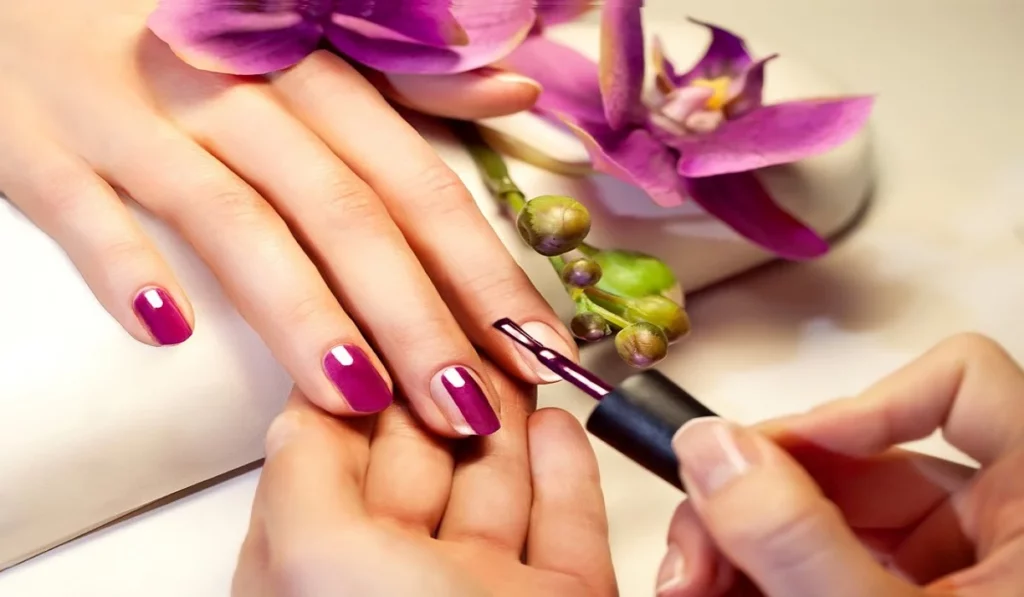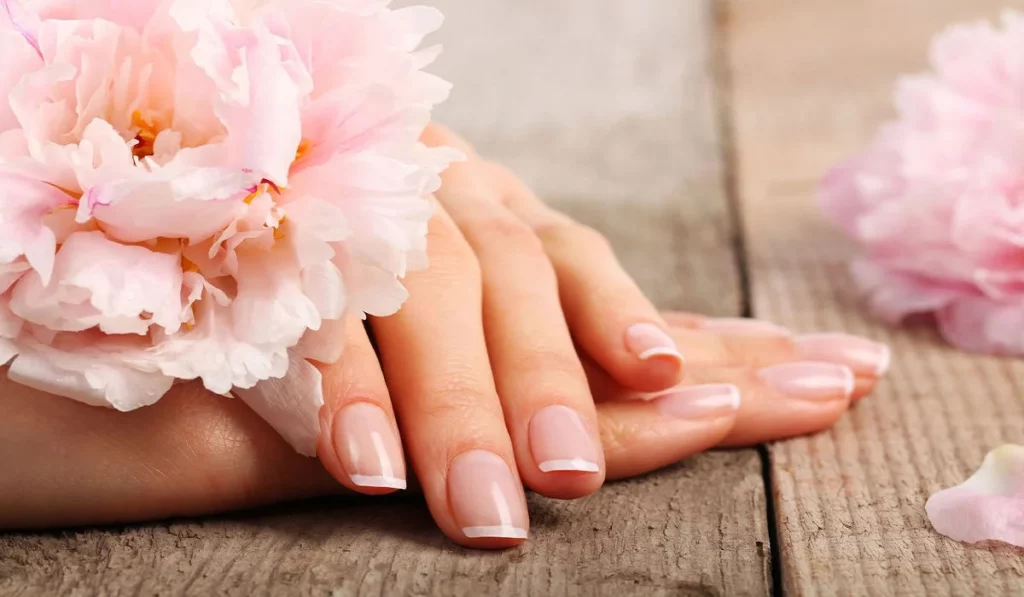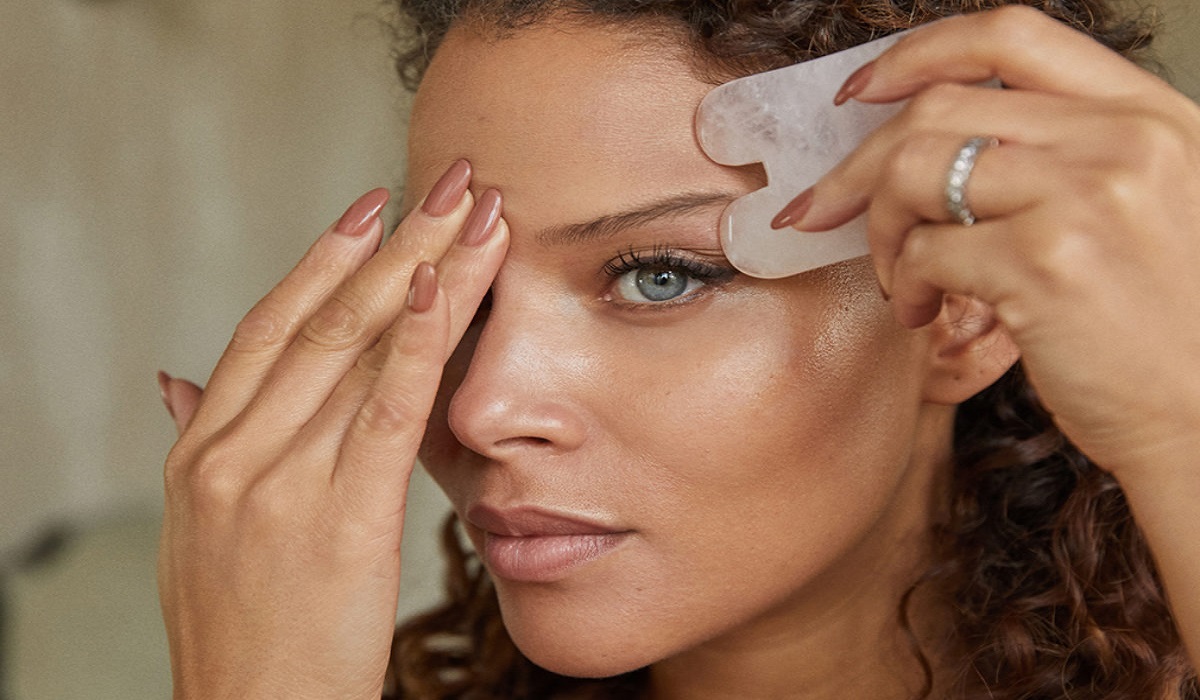White spots on the nails, often noticed as small, painless dots or patches, have intrigued and concerned people for generations. While they’re usually harmless, understanding their underlying causes is key to addressing any potential health issues. This article dives deep into the reasons behind white spots, debunking common myths, exploring diagnosis methods, treatment options, and offering prevention tips to keep your nails looking their best.

What Are White Spots on Nails?
Defining Leukonychia
Leukonychia refers to the white discolorations that can appear on the nails. These spots can vary greatly in appearance, from tiny, pinpoint dots known as punctate leukonychia to larger, more diffuse areas known as partial or total leukonychia, depending on the extent of the white area over the nail.
Common Myths and Facts
There’s a common misconception that white spots are always a sign of calcium or zinc deficiency. However, they are more frequently attributed to minor nail trauma or could be indicative of a fungal infection, especially when accompanied by other symptoms like thickening or changes in nail shape.
The Root Causes
Identifying the cause of white spots is crucial for effective treatment and prevention.
Nutritional Deficiencies
Although not as common as once thought, deficiencies in certain nutrients, such as zinc or calcium, can occasionally manifest as white spots on the nails.
Physical Trauma
The most frequent cause of white spots is minor trauma to the nail matrix, the part of the nail bed that produces cells that become the nail plate. This trauma can occur from something as simple as aggressive manicure techniques, nail biting, or even typing.
Fungal Infections
Fungal infections, particularly those caused by dermatophytes, can lead to white spots. These infections may also cause the nail to become thick, brittle, or discolored.
Allergic Reactions
Allergic reactions to nail polish, hardeners, or nail polish removers containing harsh chemicals can also lead to white spots. Switching to hypoallergenic or less harsh products can help prevent their recurrence.
How to Diagnose White Spots on Nails
Professional Diagnosis
If white spots on your nails are persistent or accompanied by other symptoms, it’s important to seek a professional diagnosis. A dermatologist can provide a thorough examination, possibly including a fungal culture or biopsy, to determine the exact cause.
Home Observation Tips
For white spots that are clearly linked to a minor injury and are not spreading or changing in appearance, home observation may be sufficient. Monitoring for changes in the nail’s color, texture, or thickness can help decide when professional advice is necessary.
Effective Treatments and Remedies
Over-the-Counter Solutions
For fungal-related white spots, antifungal creams or polishes can be effective. It’s important to apply these treatments as directed and for the full course, even if the spots appear to improve, to ensure the infection is fully eradicated.

Prescription Medications
In cases of severe fungal infections, prescription oral antifungals may be necessary. These medications can have side effects, so they’re typically used when other treatments haven’t been successful.
Natural and Home Remedies
Applying tea tree oil, known for its antifungal properties, can be an effective natural treatment for fungal-induced white spots. Vitamin E oil is another remedy that can help improve nail health and appearance by moisturizing the nail and cuticle.
Prevention Strategies
Dietary Adjustments
Maintaining a balanced diet rich in vitamins and minerals is essential for nail health. Foods high in zinc, calcium, and vitamin E can support nail strength and reduce the risk of white spots.
Nail Care Techniques
Practicing good nail hygiene and avoiding trauma to the nails are key preventive measures. This includes using gentle manicure techniques, avoiding nail biting, and wearing gloves during activities that could damage the nails.
The Psychological Aspect of Nail Appearance
Coping with Social Anxiety
For some, the appearance of white spots can lead to social anxiety or self-consciousness. It’s important to remember that these spots are common and usually temporary. Focusing on overall nail health rather than imperfections can help mitigate these feelings.
Improving Self-Esteem
Adopting a positive view of one’s body, including accepting minor imperfections like white spots on nails, can significantly boost self-esteem. Engaging in self-care practices that make you feel good about yourself, such as a relaxing manicure or using nail care products that promote nail health, can be beneficial.
White spots on nails are a common occurrence with a variety of causes, most of which are benign and easily treatable. Understanding the underlying reasons, practicing preventive care, and seeking professional advice when necessary are key to maintaining healthy, spot-free nails. Remember, while these spots can be a source of curiosity, they’re usually just a minor blip on the radar of overall health and well-being.








